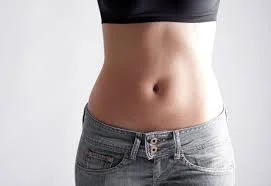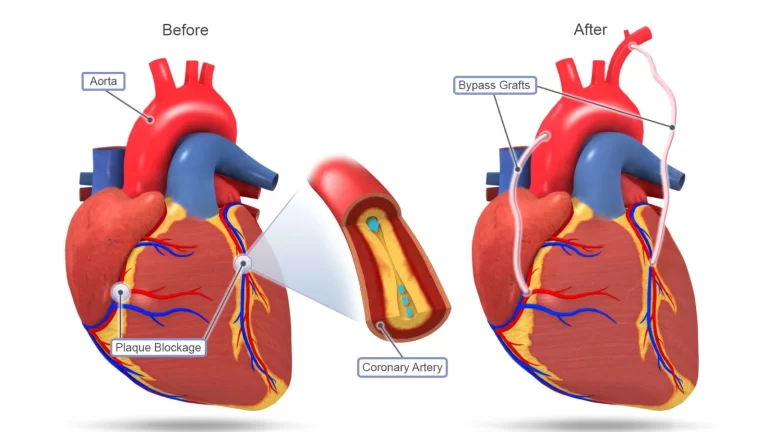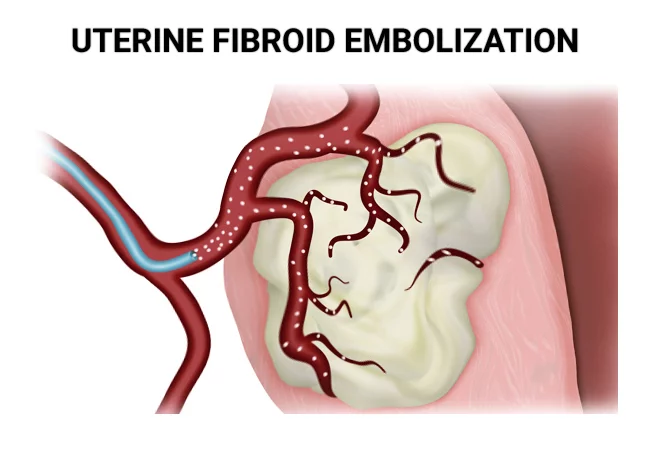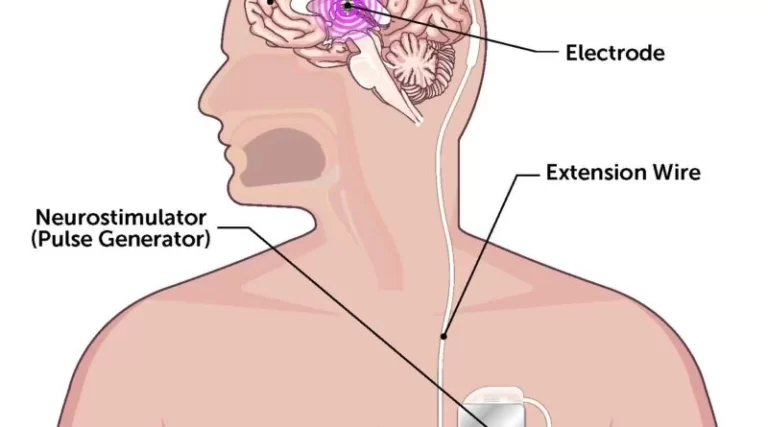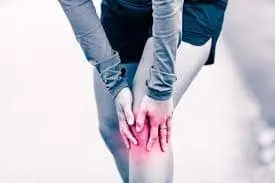Swelling After Tummy Tuck
Table of Contents
What is a Swelling After Tummy Tuck?
Tummy tuck surgery, medically known as abdominoplasty, is a popular cosmetic procedure aimed at achieving a firmer and flatter abdominal profile by removing excess skin and fat.
While the surgery can provide significant aesthetic benefits, it is essential for patients to understand the potential risks and complications associated with the procedure.
One common postoperative issue experienced by many patients is swelling, which is a normal part of the body’s healing process following surgery.
Introduction
According to Psychology Today, approximately 71% of women and 63% of men are unhappy with the appearance of their abdomens. Unsurprisingly, a lot of individuals believe that a Tummy Tuck (Abdominoplasty) is the most effective way to restore the ideal stomach shape and look.
Tummy tuck (abdominoplasty) surgery is becoming increasingly popular, this is a surgical procedure and an option for anyone who has excess fat tissue on their stomach and wants to change its appearance.
Abdominoplasty produces long-term results. When performed in a sanitary setting by a specialised plastic surgeon, it produces results with a relatively short recovery time and few complications. As a result, swelling after tummy tuck surgery is a common problem that all patients experience and is completely normal.
What is a Tummy Tuck?
This procedure involves removing fat tissue from the abdomen and hips, tightening the abdominal muscles, and removing excess skin.
It causes the stomach to change shape, particularly following one or more pregnancies or significant weight gain and loss.
The desired outcome of a tummy tuck surgery is a tight, shaped, and flat stomach. Abdominoplasty is performed for a variety of reasons, including improved health and the elimination of skin irritation caused by loose chaffing skin
Why Does Swelling Occur after a Tummy Tuck?
Following surgery, your body sends white blood cells and healing compounds to the surgical site to help with the recovery process. Tummy tuck surgery alters the patient’s lymphatic drainage system.
During the initial healing process, the area will expand due to an increase in fluids. Swelling is a normal response to an injury, so most of the swelling will be near the incision. A compression garment will reduce swelling and provide better results.
The type of surgery you have may also affect the amount of swelling you experience. A mini tummy tuck involves less swelling and recovery time than a traditional tummy tuck. The combination of a tummy tuck with another surgery will result in increased swelling and recovery time. Pain medication can also cause constipation, bloating, and swelling.
Stages of Swelling after a Tummy Tuck
- Swelling in the lower abdomen is common three weeks after a tummy tuck, and patients may also experience hardness around the belly button.
- Significant swelling in the lower abdomen is predicted to go down three months after a tummy tuck, but small amounts of swelling and puffiness may persist.
- 6 months after your tummy tuck, you may experience persistent bloating, particularly after long periods of standing. A good night’s sleep will alleviate any abdominal swelling.
- Most swelling will go away within 8-10 months of having a tummy tuck. However, fluid retention caused by diet and salt intake may contribute to a swollen belly. If you have a bloated upper or lower abdomen 10 months after a tummy tuck, contact your doctor.
- Post-surgical swelling will gradually subside one year after a tummy tuck, but there is no set recovery time for each patient.
- Two years after a tummy tuck, a protruding stomach may develop due to visceral fat and loose muscle. In these cases, patients should lose weight to alleviate bloating. However, in most cases, you will be completely healed.
How Long Does Swelling Last?
Because the surgery is so extensive, swelling after a tummy tuck can last for quite some time. Particularly noticeable swelling will subside after two or three months, but mild abdominal swelling may persist. For 1-2 years, patients will notice that all swelling has decreased. However, the majority of the swelling subsides after two months.
Because tummy tucks are associated with pain, swelling, and bruising, patients will be given medication to help them recover. The pain will subside within a few days of the procedure, but in some cases, it may take up to two weeks.
Treatment of Swelling After a Tummy Tuck
Wear Your Compression Garment Faithfully.
This is one of the most important steps you can take to reduce swelling after a tummy tuck.
Compression garments:
Supports abdominal muscles and tissues, reduces fluid buildup and swelling, promotes healing, achieves shapely results, and lowers the risk of seroma.
On the day of surgery, you will most likely wake up in your compression garment, which you will need to wear around the clock for the next few weeks. Wear it regularly and only remove it to bathe unless your surgeon instructs you otherwise.
Compression garments are also commonly used after liposuction, and your tummy tuck may include them.
Eat healthily and stay hydrated.
Diet is a major contributor to swelling after surgery, but it can also have an inverse effect. Eat plenty of lean protein, healthy fats, and nutrient-dense fruits and vegetables to speed up the healing process and reduce swelling.
Reduce your sodium intake and drink plenty of water to keep your body from retaining excess fluids.
You should also avoid foods that cause constipation, which is a common issue after surgery. To combat this, make sure your diet contains plenty of fibre (and fluids).
Work In Some Light Movement.
You won’t want to resume your regular workout routine right away after a tummy tuck, but beginning light exercise as soon as possible will promote healthy circulation and reduce swelling.
Take short walks around the house and gradually increase your physical activity over the next few weeks. However, you should not lift anything weighing more than 10 pounds (including children and pets) until your surgeon has cleared you.
Get a lot of good sleep.
Sleep is extremely important in your recovery, so aim for 8 hours of quality sleep per night—more if necessary. Sleep in a recliner or propped up on pillows to reduce stress on your incisions and make it easier to get in and out of bed. Being reclined also prevents fluid buildup.
If you have trouble sleeping, make sure to move around during the day, limit screen time before bed, avoid caffeine, and journal or spend time with loved ones to relieve stress.
Elevate your legs.
This will assist in decreasing the swelling in your abdominal and lower body. You can elevate your legs by placing them on pillows while lying down.
Lightly exercise.
While strenuous exercise may interfere with your body’s natural healing process, it’s important to keep moving: light exercise increases blood flow and circulation throughout your body, including your abdomen, which promotes faster healing.
Consider walking around the block or on a treadmill, or taking gentle yoga classes (but be sure to avoid or modify any poses that may put strain on your midsection while it heals).
Reduce the amount of sodium you consume.
Too much salt can cause bloating, which is uncomfortable and slows the healing process. Try to eat low-sodium foods and limit the amount of salt you use to season your food when preparing meals at home.
Medication
The surgeon will advise you on pain relievers, anti-inflammatory medications, and antibiotics to take after surgery.
Pain relievers are intended to numb the pain and alleviate discomfort.
Anti-inflammatory medications reduce swelling, while antibiotics reduce the likelihood of infection.
Make sure to take all medications as directed by your surgeon.
Cold Compress
A cold compress after an abdominoplasty is helpful with swelling and bruising.
When you apply a cold compress to the tissue, the temperature drops, which helps to reduce swelling and inflammation by slowing the metabolism locally.
To avoid burns, apply no pressure to the area and keep the cold compress at a reasonable temperature.
Avoid smoking.
As previously stated, healthy blood flow is essential for patients undergoing a tummy tuck. Nicotine constricts blood vessels, limiting the ability of blood to flow freely throughout the body.
This slows the healing process, increases inflammation, and raises the possibility of post-surgical complications such as blood clots. As a result, you should avoid smoking for four weeks before and following your tummy tuck.
Keep the incisions clean.
Your surgeon will instruct you on how to care for your wounds and keep the incision sites clean before your tummy tuck. This lowers the possibility of infection, which can cause swelling and slow the healing process.
Summary
Around 71% of women and 63% of men are unhappy with their abdomens, and a Tummy Tuck (Abdominoplasty) is a popular procedure for restoring the ideal stomach shape. Abdominoplasty provides long-term results with a short recovery period and minimal risks.
Swelling after a tummy tuck is a common problem, as the body sends white blood cells and healing compounds to the surgical site to help with the recovery process. The type of surgery may also affect the amount of swelling.
Swelling after a tummy tuck can last for several months, with the most noticeable swelling going away after 2-3 months. Patients should wear compression garments faithfully, eat healthily stay hydrated, and work in light movement to promote healthy circulation and reduce swelling.
Getting good sleep is crucial for recovery, and erecting legs can help reduce swelling in the lower body. Light exercise increases blood flow and circulation, and reducing sodium consumption can help prevent bloating.
Medications, such as pain relievers, anti-inflammatory medications, and antibiotics, should be taken as directed by the surgeon.
FAQs
Most swelling will go away within 8-10 months of having a tummy tuck. However, fluid retention caused by diet and salt intake may contribute to a swollen belly. If you have a bloated upper or lower abdomen 10 months after a tummy tuck, contact your doctor.
It is not uncommon for swelling to last 3-6 months after an abdominoplasty. If you are concerned, I recommend a follow-up appointment with your surgeon. A thorough physical examination will help in determining the cause.
Very light walking in the first few weeks can help to reduce swelling, improve circulation, and lower the risk of blood clots. Avoid strenuous exercise, including weightlifting, for at least six to twelve weeks to allow your body to heal completely. Following that, your doctor will advise you on a safe exercise regimen.
The medical term for swelling is edoema, and it can affect one foot more than the other. There are effective methods that can be used to prevent swelling. To manage swollen feet, reduce your sodium intake, elevate your feet frequently, and drink plenty of water.
Side effects after surgery are normal and indicate that your body is healing. As a result, swelling after tummy tuck surgery is a common problem that all patients experience and is completely normal.
References:
- Sisco, M., & Sisco, M. (2023, June 30). 5 Tips For Reducing Swelling After a Tummy Tuck (Updated 2023) – Mark Sisco M.D. Mark Sisco M.D. https://www.drsisco.com/blog/5-tips-reduce-swelling-after-a-tummy-tuck/
- What Patients Should Know About Swelling After Tummy Tuck Surgery? (2022, November 16). Greenberg, Stephen (greenbergcosmeticsurgery.com). https://www.greenbergcosmeticsurgery.com/swelling-after-tummy-tuck/
- Tips to Reduce Tummy Tuck Swelling | Ramsay Health Care UK. (2001, January 1). https://www.ramsayhealth.co.uk/blog/cosmetic-surgery/tips-to-reduce-tummy-tuck-swelling
- Bell, T. (2023, November 28). How to Reduce Swelling After a Tummy Tuck. Spamedica. https://www.spamedica.com/blog/reduce-swelling-tummy-tuck/
- Fracs, C. R. M., & Fracs, C. R. M. (2024, January 15). Reducing Bruising and Swelling after Tummy Tuck (Abdominoplasty). Dr Craig Rubinstein – Melbourne Specialist Plastic Surgeon. https://drcraigrubinstein.com.au/blogs/reducing-bruising-and-swelling-after-tummy-tuck/
- Swelling After a Tummy Tuck: What to Expect | CREO. (2022, November 4). CREO Health LTD. https://creoclinic.com/blog/swelling-after-tummy-tuck/

